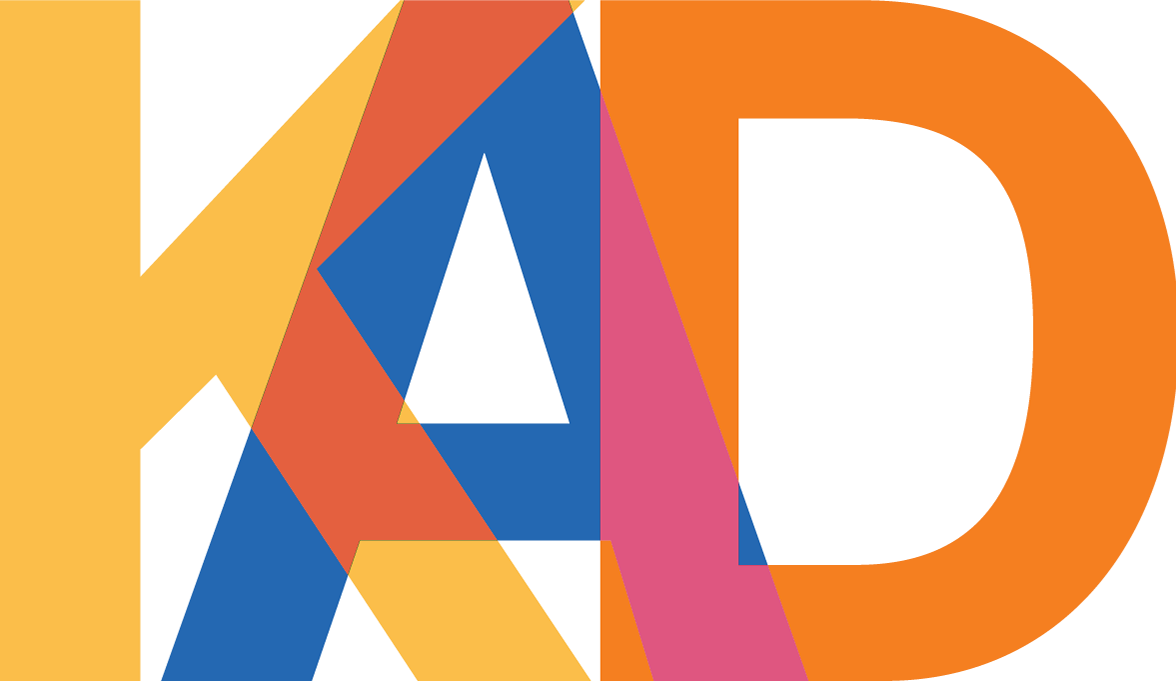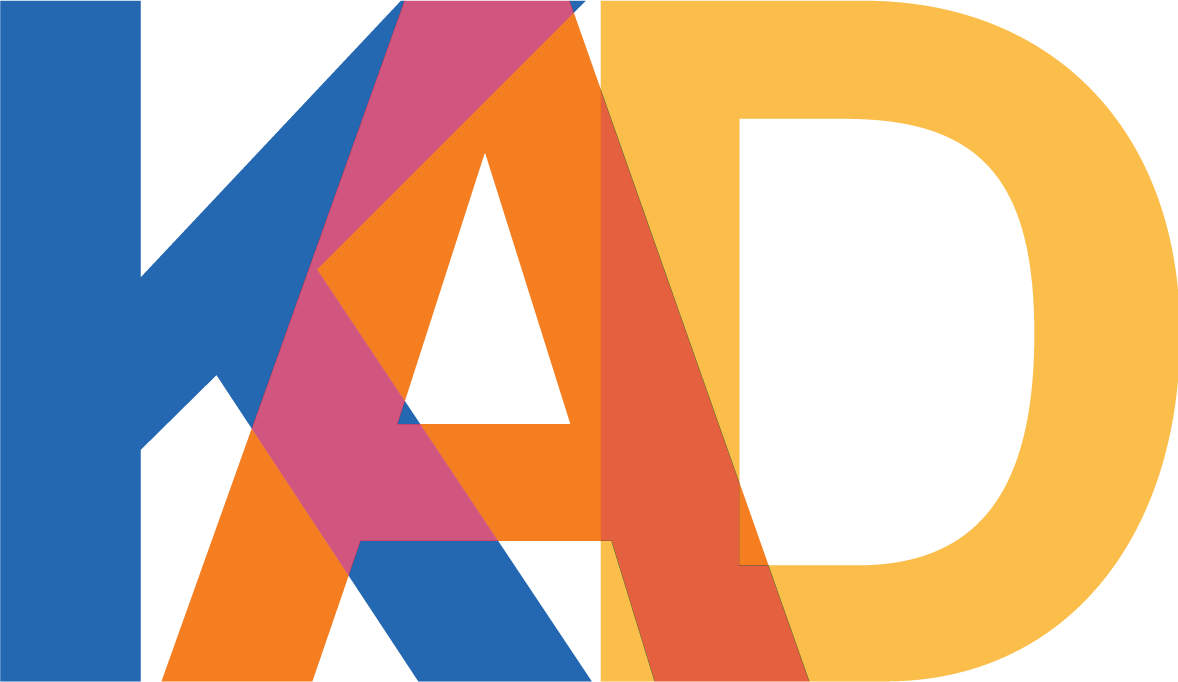Fall 2024
University of Florida
Instructor: Judi Monk / Collin Rohr
University of Florida
Instructor: Judi Monk / Collin Rohr
"Context + Characters" is an architectural project that integrates linear, planar, and volumetric elements, all anchored by a central datum, which serves as the foundational structure. These elements branch out in a way that creates dynamic interactions, with hierarchy defined through varying scales. A key concept within the design is the principle of reveal and conceal, where each angle offers a new perspective. As one moves through the space, certain elements are hidden or exposed, creating a continuous sense of discovery and intrigue. This interplay between visibility and obscurity enhances spatial experience and encourages exploration, revealing new connections with every shift in viewpoint”
PERCEPTION :
For the context and character, this section drawing addresses the X, Y, and Z axes, allowing me to visualize a landscape and identify a system that flows naturally. By analyzing these sections, I was able to pinpoint where to introduce characters, such as astronauts and poets, and represent them through spaces formed by linear and planar elements. These spaces were intentionally designed to embody the unique qualities of each character, creating a narrative that is both spatial and symbolic.
PLANNING :
This 3D model allowed me to explore scale, placement, and characteristics. The dense grip symbolized Earth, representing its grounded, tangible nature, while the more isolated grid depicted the astronaut, distant from society. The repeated lines and planes mirrored the layers in which a poet writes, reflecting the rhythm and repetition found in their poetry. This was not a final design, but rather an exploration of ideas, allowing me to experiment with spatial concepts and how they could symbolize different narratives and experiences.
INTERPRETATION :
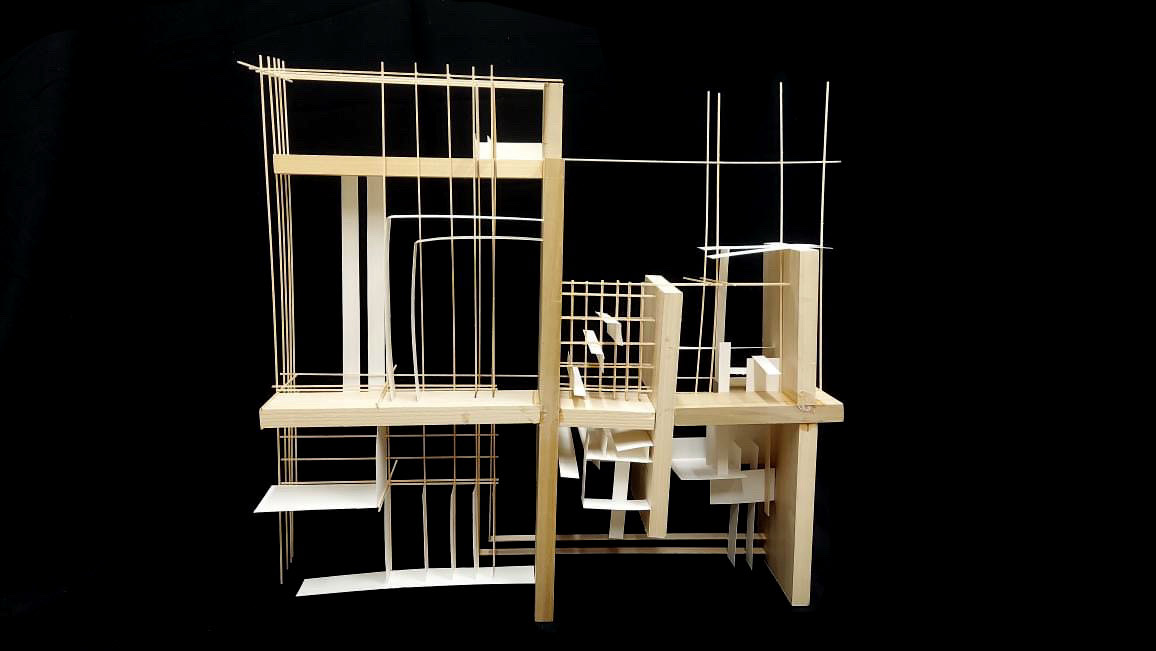
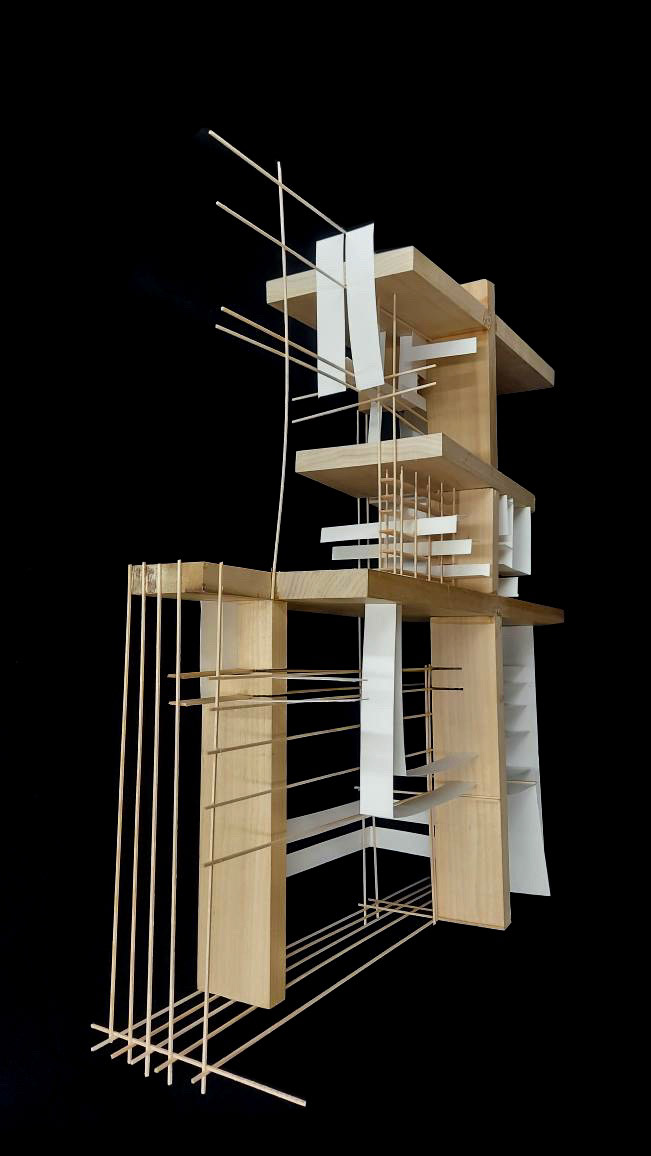
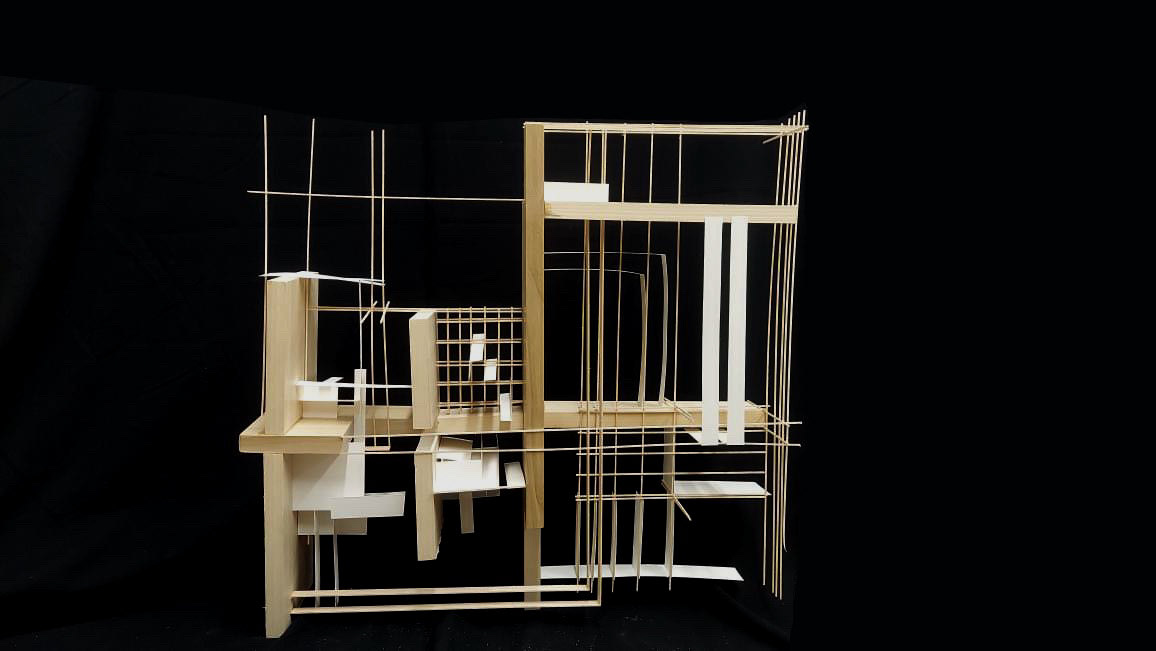
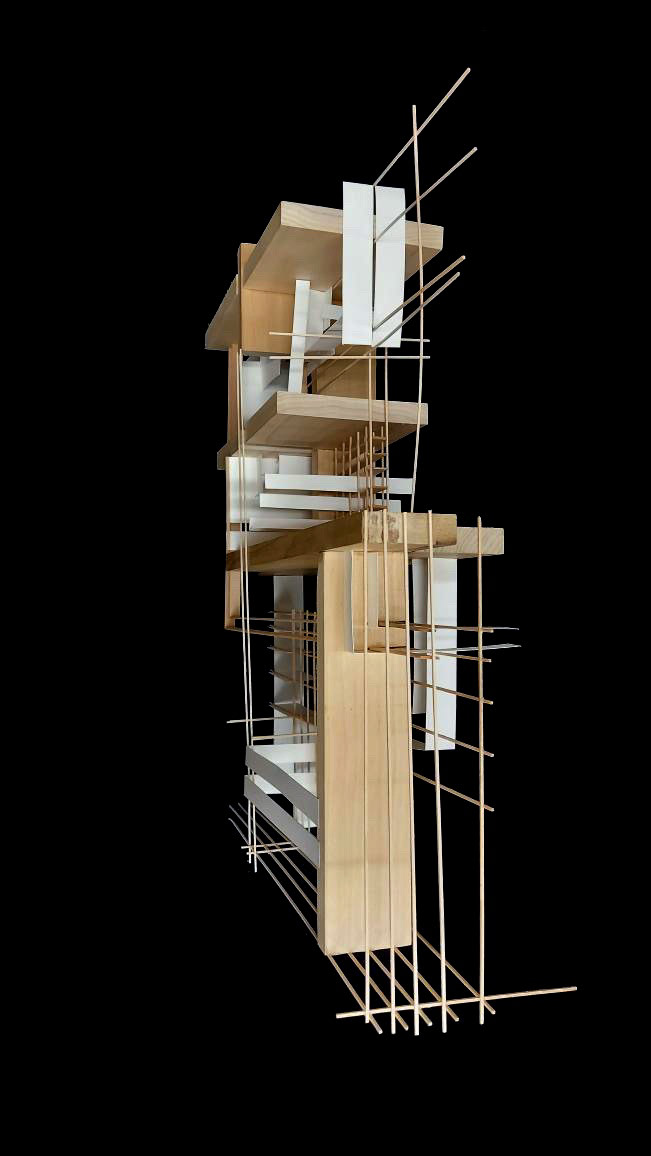
For the final design, I took inspiration from the model and drawing, keeping elements that conveyed the working systems while introducing changes for a fresh perspective. The linear elements formed the grid, providing structure and organization, while the planar elements created layers, symbolizing repetition and depth. Together, these components worked in harmony to establish both big moves and smaller, more intricate ones, creating a dynamic relationship between scale and detail. The balance between the linear grid and planar layers allowed the design to evolve, maintaining a cohesive yet varied spatial experience.
